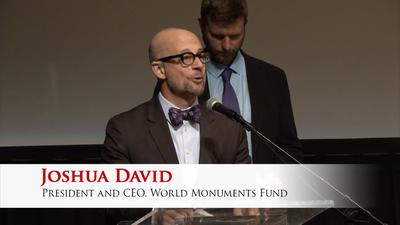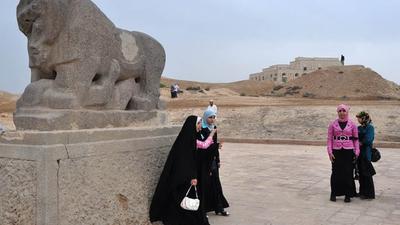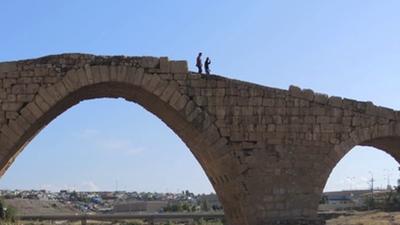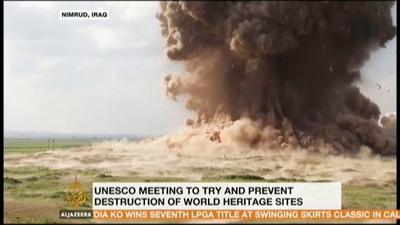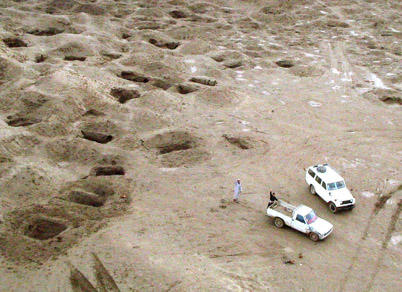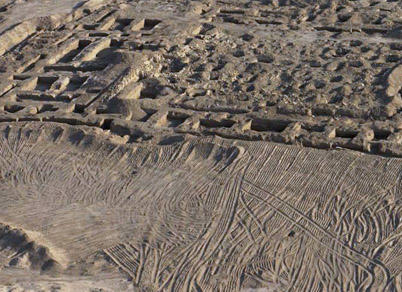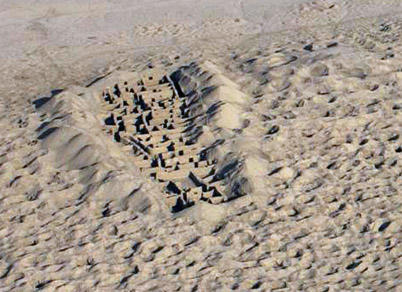2006 and 2008 World Monuments Watch
Long known as "the cradle of civilization," Iraq is home to more than 10,000 cultural heritage sites, ranging from the 5,500-year-old cities of Sumer—where evidence of the earliest writings in the world are preserved—to archaeological remains of the Akkadian, Babylonian, Assyrian, and Parthian cultures. Baghdad was one of the Arab world's earliest and greatest capitals, and the rest of Iraq enjoyed a golden age of architectural and political achievements in the Middle Ages. More recent monuments, such as Ottoman palaces and public buildings, as well as the work of modern international architects, have great value and significance in Iraq's history. Archaeological sites, both those which have been excavated and those which are unexplored, have suffered as a result of widespread looting since the beginning of the current conflict in the country. Historic buildings in Baghdad and other urban areas have been damaged, not only as a consequence of military activity and terrorism, but also from vandalism and looting. After the start of the war in 2003, WMF and the Getty Conservation Institute launched a joint initiative to rebuild the capacity of that country's antiquities staff, conducting training workshops in nearby Jordan. The monuments within Iraq remain at great risk, and catastrophic losses have already been sustained. The inclusion of the entire body of Iraq's cultural heritage on the Watch List for a second time recognizes the impact of this loss, and the importance of protecting this extraordinary record of human history.
Videos
